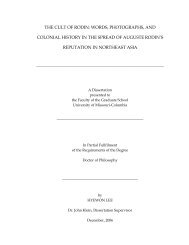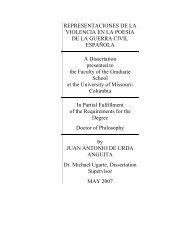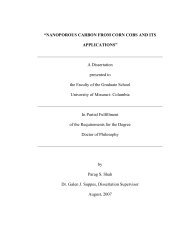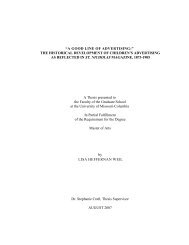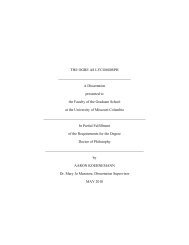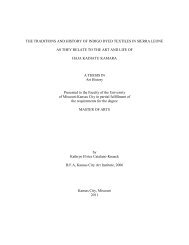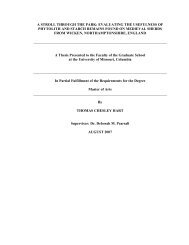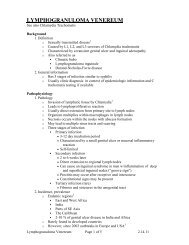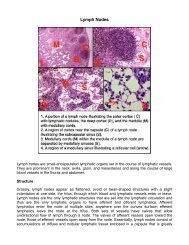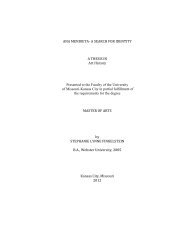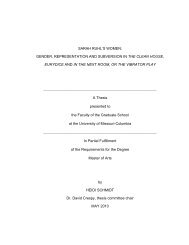Social Construction of Reality - Bad Request
Social Construction of Reality - Bad Request
Social Construction of Reality - Bad Request
Create successful ePaper yourself
Turn your PDF publications into a flip-book with our unique Google optimized e-Paper software.
experience. The topic for this case study was selected in the hope that the result would<br />
inform The School District’s policy and methods regarding program evaluation. This case<br />
study was differentiated from other research in that it was developed via The School<br />
District’s unique paradigm. This was accomplished using Utilization-Focused Evaluation<br />
(UFE) principles (Patton, 1997) to provide the basis for the evaluation <strong>of</strong> The School<br />
District’s program evaluation model. The UFE paradigm suggests that for evaluations to<br />
be useful, and thus utilized, stakeholders must be involved as much as possible with all<br />
facets <strong>of</strong> the evaluation. Utilization-Focused Evaluation involves the primary intended<br />
users in the selection <strong>of</strong> the most significant content, methods, theory, and applications<br />
based upon contextual reality.<br />
The UFE was initiated via an interview (Appendix D) <strong>of</strong> the primary intended<br />
user, the superintendent, to determine the specific direction <strong>of</strong> the study and the<br />
program’s greatest need. Questions were framed in terms <strong>of</strong> vision and anticipated<br />
outcomes to allow for rich, thick description as recommended by Merriam (1998). In<br />
keeping with the UFE paradigm (Patton, 1997), questions for the interviews with other<br />
stakeholders (Appendix E) emerged from this opening encounter. The other stakeholders<br />
for this study were identified as the Superintendent’s Cabinet, which includes the eight<br />
district administrators who lead the district’s services: Curriculum, Instruction, and<br />
Assessment; Elementary Education; Secondary Education; Human Resources;<br />
Community Relations; Finance; Special Education; and Technology and Operations.<br />
This study was based upon qualitative data. The qualitative data came from<br />
current and archival sources. Content analysis was performed on federal, state, and local<br />
documents; data were reduced using an affinity diagram. Data from The School District’s<br />
58



